
India-bound Audi A4 Launched in Indonesia
- Jun 7, 2016
- Views : 3809

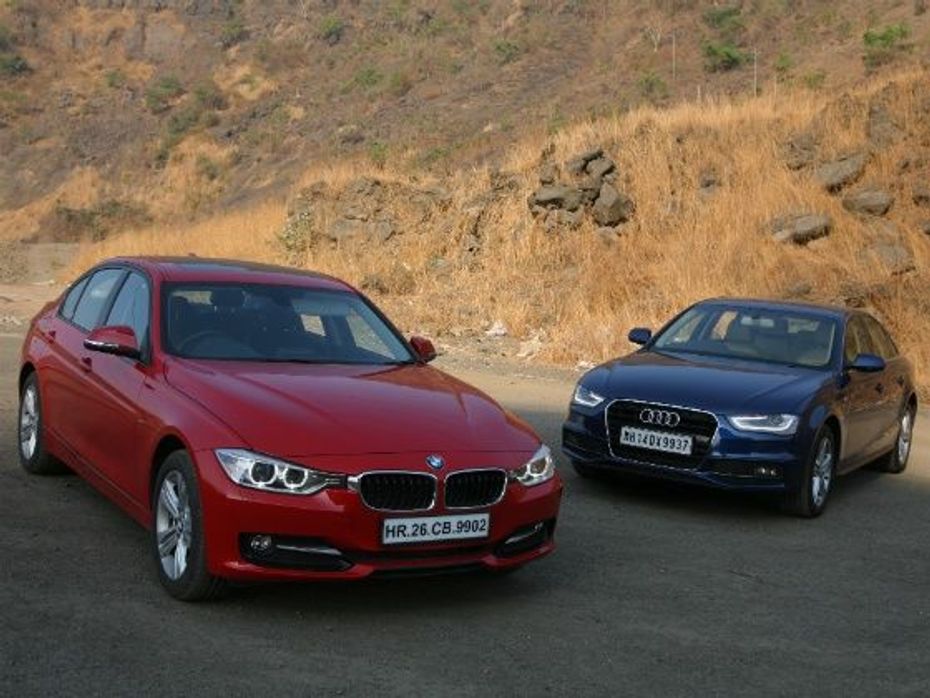
In our review of the 177PS version of the Audi A4 diesel we had come to the conclusion that this particular variant was in fact the pick in the A4 lineup. It had the pre-requisite performance, good fuel economy and it was as easy and light to drive as the lesser powered 143PS A4 diesel. So, if you wanted an economical but enjoyable A4 diesel, the 177PS was the car to buy.

But, what if you aren’t just looking for an A4? What if you are generally looking for a diesel powered mid-sized luxury car that packs in performance, features, fuel economy and driving pleasure? Does the 177PS A4 still make for that default purchase? We weren’t sure. And so, we brought along the BMW 3 Series in 320d Sportline guise. Of course, there’s also the Mercedes C-Class and the Volvo S60 that one can opt for, but since the 3 Series is the newest of the lot, it made the most sense.
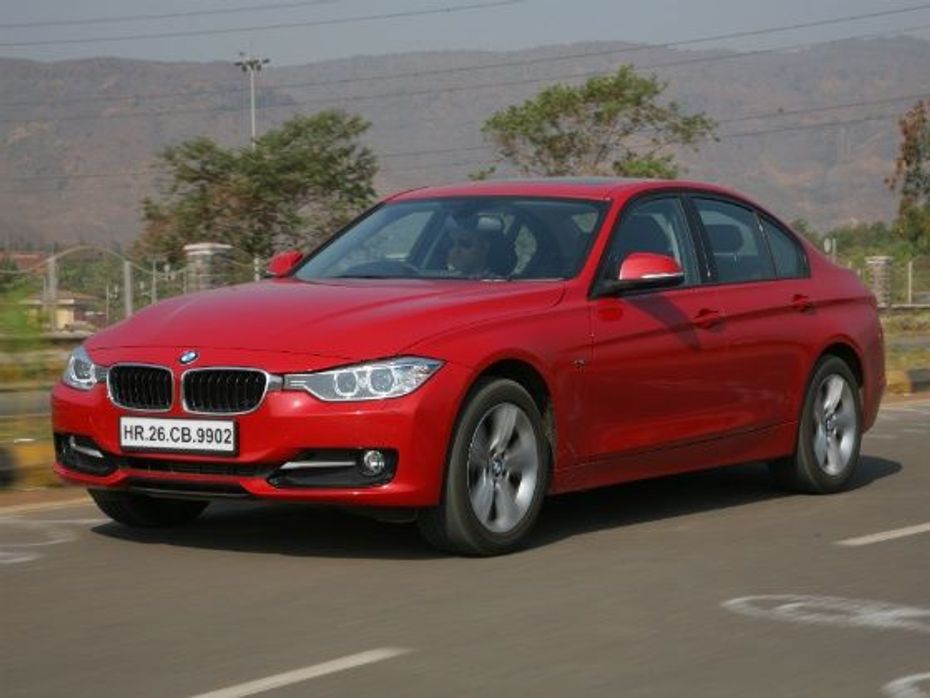
The 3 Series is newer than the A4 as well. And it looks it. It has more presence, more pronounced design lines and it looks more attractive any which way you look at it. Our test car’s red hue only enhances that appeal against the slightly drab blue of the Audi A4. The thing that does work in the Audi’s favour is that its design doesn’t polarise opinion, and in a way it still looks current.
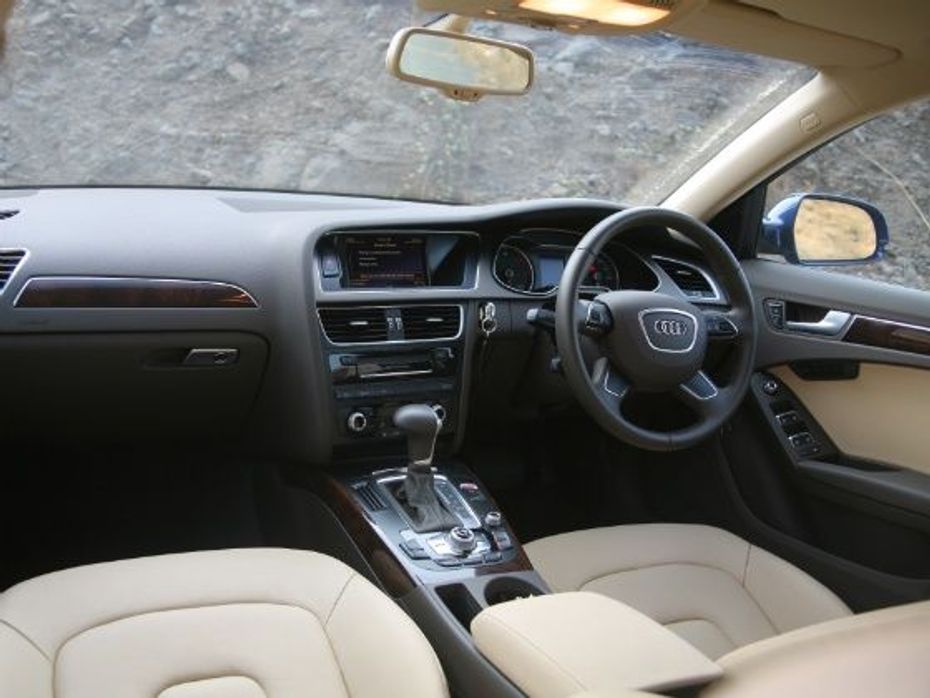
The Audi’s interior, like its exterior, can’t match the BMW’s in terms of visual appeal. The fit and finish and quality of materials are difficult to fault, of course. As is the layout - be it the stowage space or the control knobs and buttons for various systems on board (and there are many). But, after the BMW, it looks a tad lackluster; as if it has jaded over time.
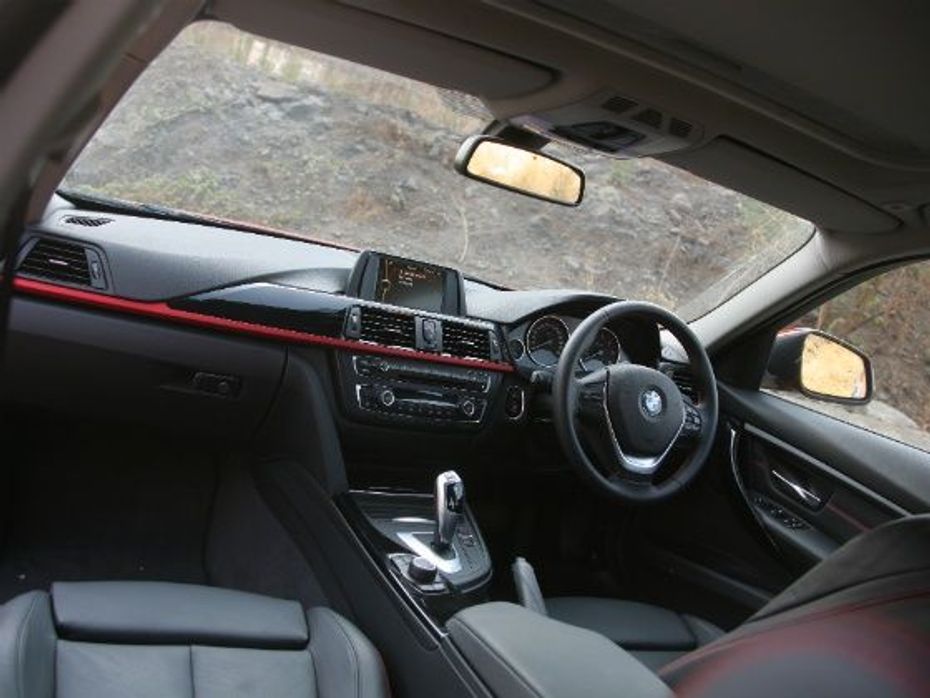
The 3 Series looks more current, and like the Audi, it has a well thought out interior as well. Moreover, the BMW offers more passenger room and it has more comfortable seats. On our test car, the 3 Series even had inflatable side bolstering for the driver. At the rear, the seat squabs are larger, cushier and offer better thigh support. We also prefer the seat back angle on the rear seats of the BMW.

Both the 177PS Audi A4 and the BMW 320d Sportline come with 2-litre, four cylinder, diesel engines. The A4 makes 177PS, which is obvious, while the 320d makes 184PS. The peak torque ratings for both cars is an identical 380Nm. The major difference in drivetrains of the two cars is the gearbox. The BMW uses an 8-speed torque convertor while the A4 comes with one of the smartest CVTs we have experienced. It is calibrated to work as an 8-speed auto and that rubber band effect associated with CVTs can’t be felt even when driving in full auto mode.
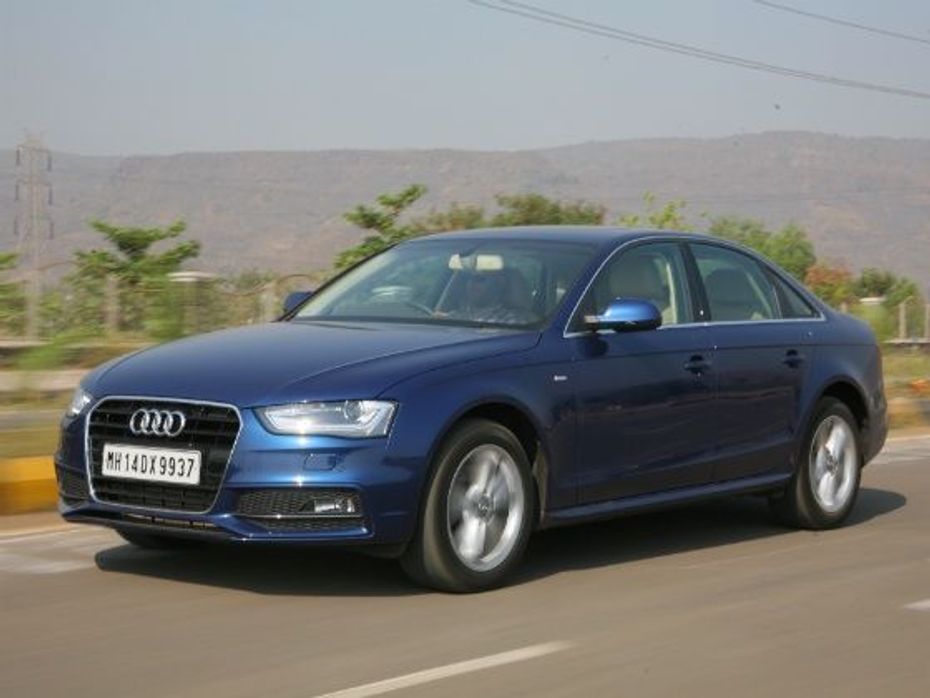
Mash the throttle to the floor and instead of the engine sitting at the optimum rpm for best possible acceleration (which is what CVTs make engines do), the A4 revs close to the redline like regular automatics and then drops engine speed to rev back close to the redline again. It works in a similar fashion in Sport mode. The only time you can tell that this is in fact a CVT is when you get on the throttle hard but not hard enough to plant it to the floor. And then, the A4’s engine sticks to just under 3,000rpm while the car builds up speed relentlessly.
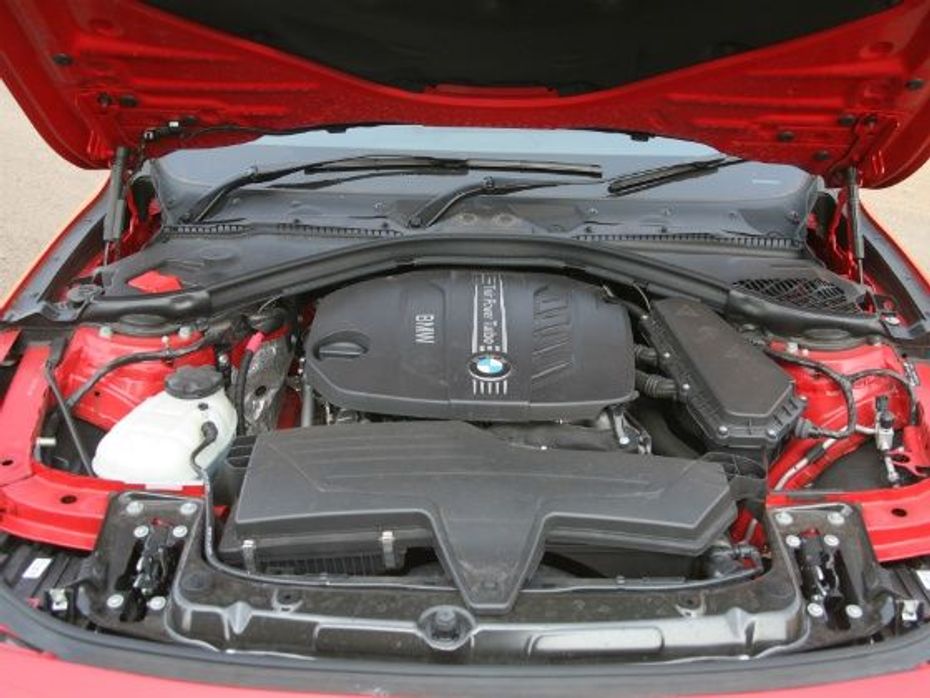
Even so, the BMW 3 Series’ ‘box feels more natural. It shifts through the gears quickly and seamlessly be in Drive, in Sport or in manual override mode. The engine on the BMW is more refined and feels nicer to rev to the redline. As far as performance goes, the higher horsepower rating and the 8-speed ‘box help the 320d post a quicker 0-100kmph time. The BMW takes 7.6 seconds to hit 100kmph while the Audi A4 takes 7.9s to complete the same run. The difference isn’t huge by any stretch, but as the speed builds up, so does the gap in timing. The 3 Series also records a higher top speed of 235kmph against the A4’s 222kmph.
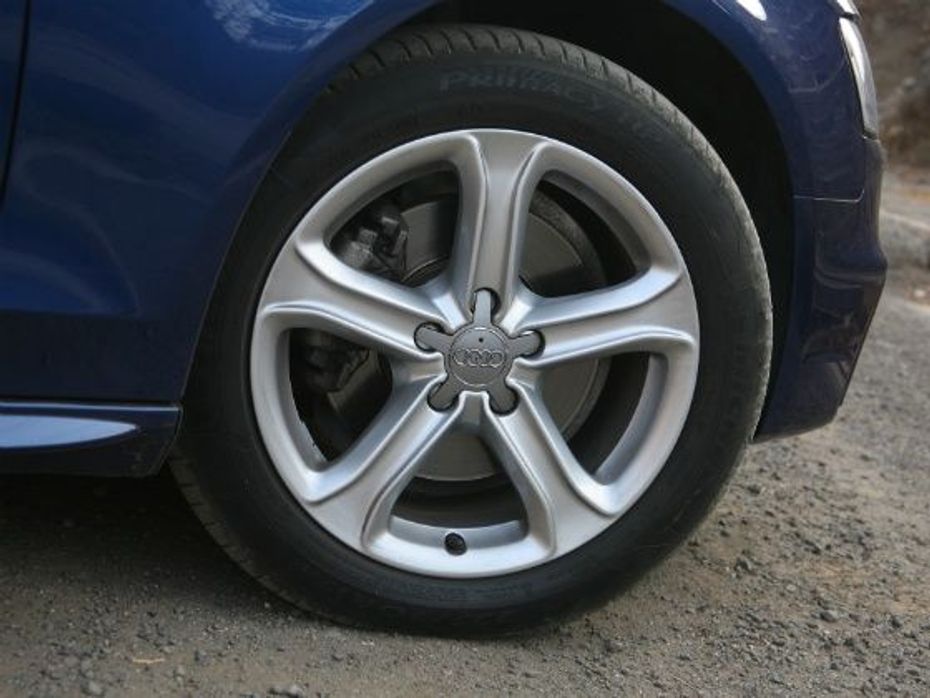
And, the BMW feels better when driven hard. The Audi A4 is a great city car. It has the lighter steering, better visibility and a quieter, better absorbent low speed ride. There’s less ambient noise that seeps into the cabin as well. But, begin pushing it, especially around corners, and its muted response doesn’t make for an involving drive.
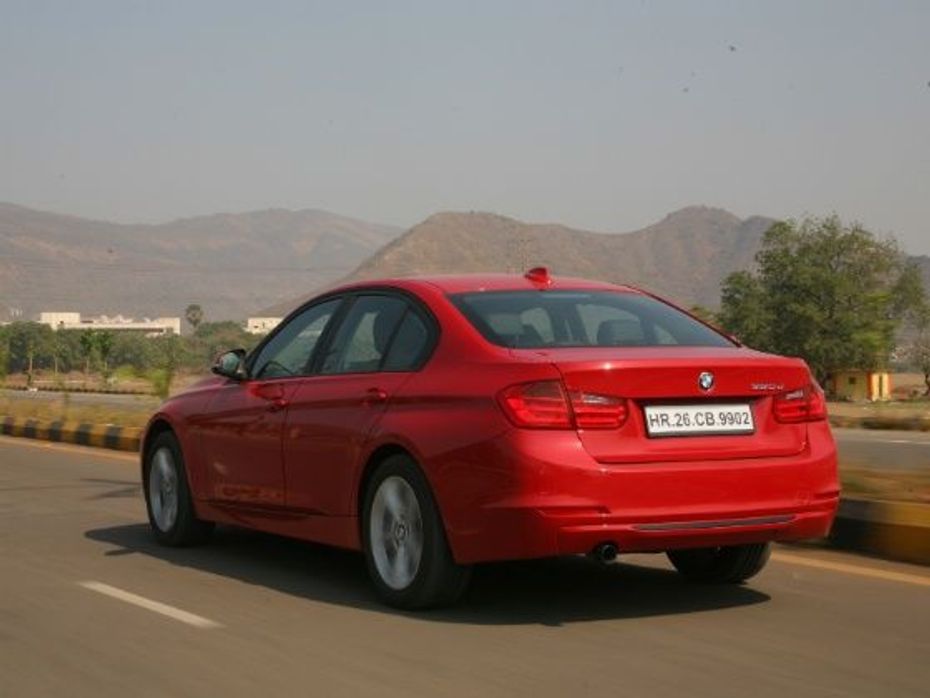
The BMW is more fun. It rides the undulations better at speed; its steering feels more alive and around a series of corners, it feels better balanced, and more intuitive and connected than the Audi. The 320d’s throttle response – in full auto and in manual mode - is better judged and alert. The BMW is quicker but more linear into turns. And, at the end it is just more engaging and satisfying to drive overall.
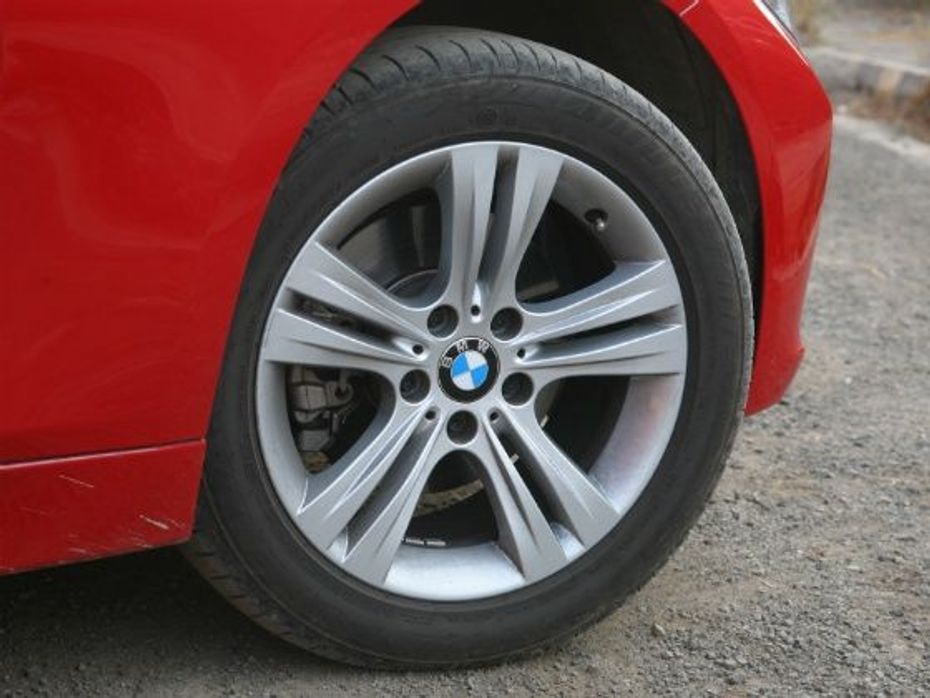
Finally, the pricing. The Audi A4 177PS retails for Rs 32.8 lakh ex-showroom in Delhi, while the BMW 320d costs Rs 4 lakh more. In pure equipment terms, BMW seems to be charging more for offering keyless entry and start and adjustable side bolstering, two features that are missing on the Audi. Otherwise, be it comfort or safety the two cars are well matched.
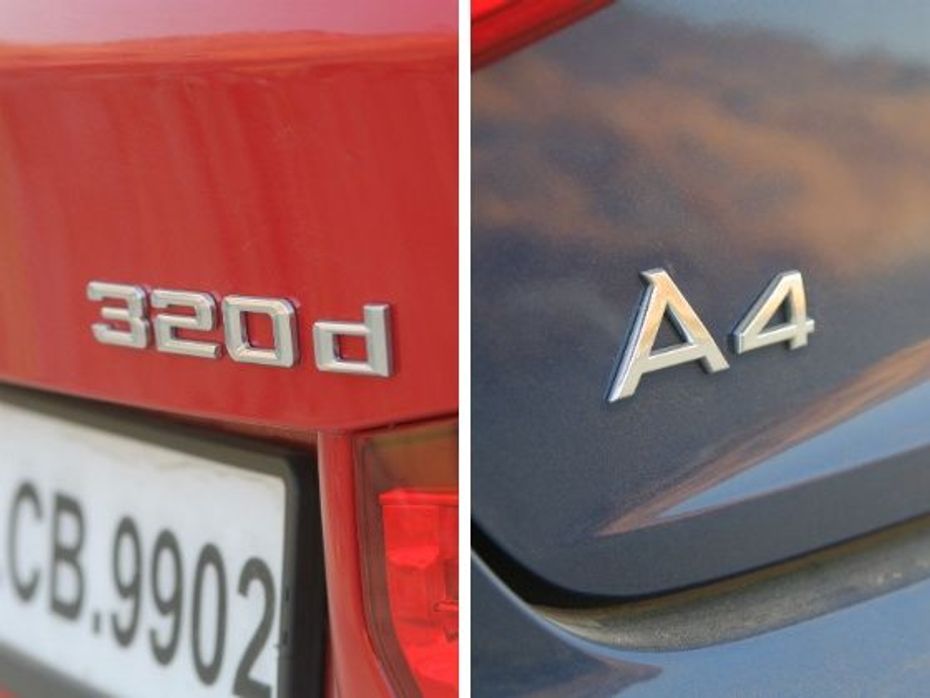
Like we said earlier, choosing a winner here isn’t as easy as we had imagined. The BMW 320d is the better product – it’s more spacious, it feels more current, drives better and has more comfortable seats. But, the Audi A4 isn’t too far behind; at least not far enough to justify the Rs 4 lakh premium BMW wants for the 320d. So, at the end it boils down to whether you want more value for your money, or the better product.

India-bound Audi A4 Launched in Indonesia

Audi A4 Premium Sport launched at Rs 38 lakh

Audi recalls A4 sedans in India

Audi A4 Celebration Edition introduced at Rs 25.66 Lakh

Face-lifted Audi A4 launching today

2012 Audi A4 spied
 Mahindra Scorpio N
Mahindra Scorpio N
 Royal Enfield Classic 350
Royal Enfield Classic 350
 Toyota Fortuner
Toyota Fortuner
 Royal Enfield Hunter 350
Royal Enfield Hunter 350
 Hyundai Creta
Hyundai Creta
India's largest automotive community
 Maruti Brezza
Rs. 8.34 Lakh
Maruti Brezza
Rs. 8.34 Lakh
 Maruti FRONX
Rs. 7.51 Lakh
Maruti FRONX
Rs. 7.51 Lakh
 Maruti Grand Vitara
Rs. 10.99 Lakh
Maruti Grand Vitara
Rs. 10.99 Lakh
 Mahindra Scorpio
Rs. 13.61 Lakh
Mahindra Scorpio
Rs. 13.61 Lakh
 Toyota Innova Crysta
Rs. 19.99 Lakh
Toyota Innova Crysta
Rs. 19.99 Lakh